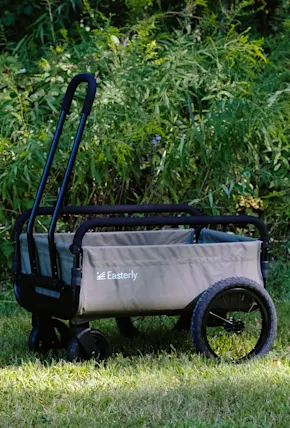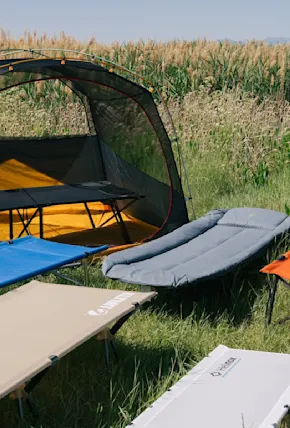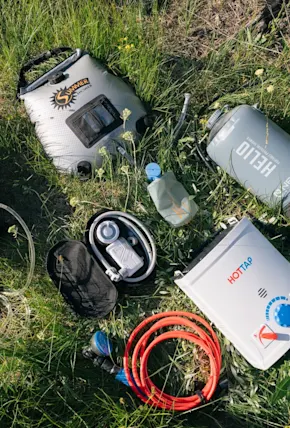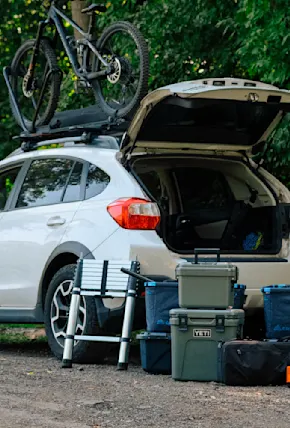To catch sight of the moon passing in front of the sun for the annular solar eclipse, I headed south from Portland, Oregon, on a Friday in October. I left my personal camper van behind for the weekend and borrowed a rig that’s much better suited for getting close to the sky. The Super Pacific X1 Switchback Truck Tent is both a rooftop tent and a contractor-grade truck topper. Combined, the whole thing converts from a roomy living room to a lofted bedroom in seconds. I wanted to learn what that actually means first hand.
Launched in the City of Roses in 2020, Super Pacific designs and manufactures lightweight campers for full and mid-size trucks using components sourced locally and domestically. The canopies are made out of formed and riveted aluminum, a fabrication method modeled from the aerospace industry, that’s super strong, light, and flexible. And the hard-shell tent has T-slots for mounting solar panels or racks. Lash points, slots, and rivets make it highly customizable.
This wouldn't be my first time camping in a truck—far from it. Camping in the bed of my husband’s Tacoma under a topper was the precursor to us building out our own RAM Promaster camper van and living in it for two consecutive summers. Now we venture near and far in it on weekends and weeks-long outings. In our travels, I learned that efficient design is crucial to life on the road. But it was my first time sleeping in a roof-top tent. As a result, I was curious how the Super Pacific X1 Switchback would compare to my other experiences. Here’s how it went.












